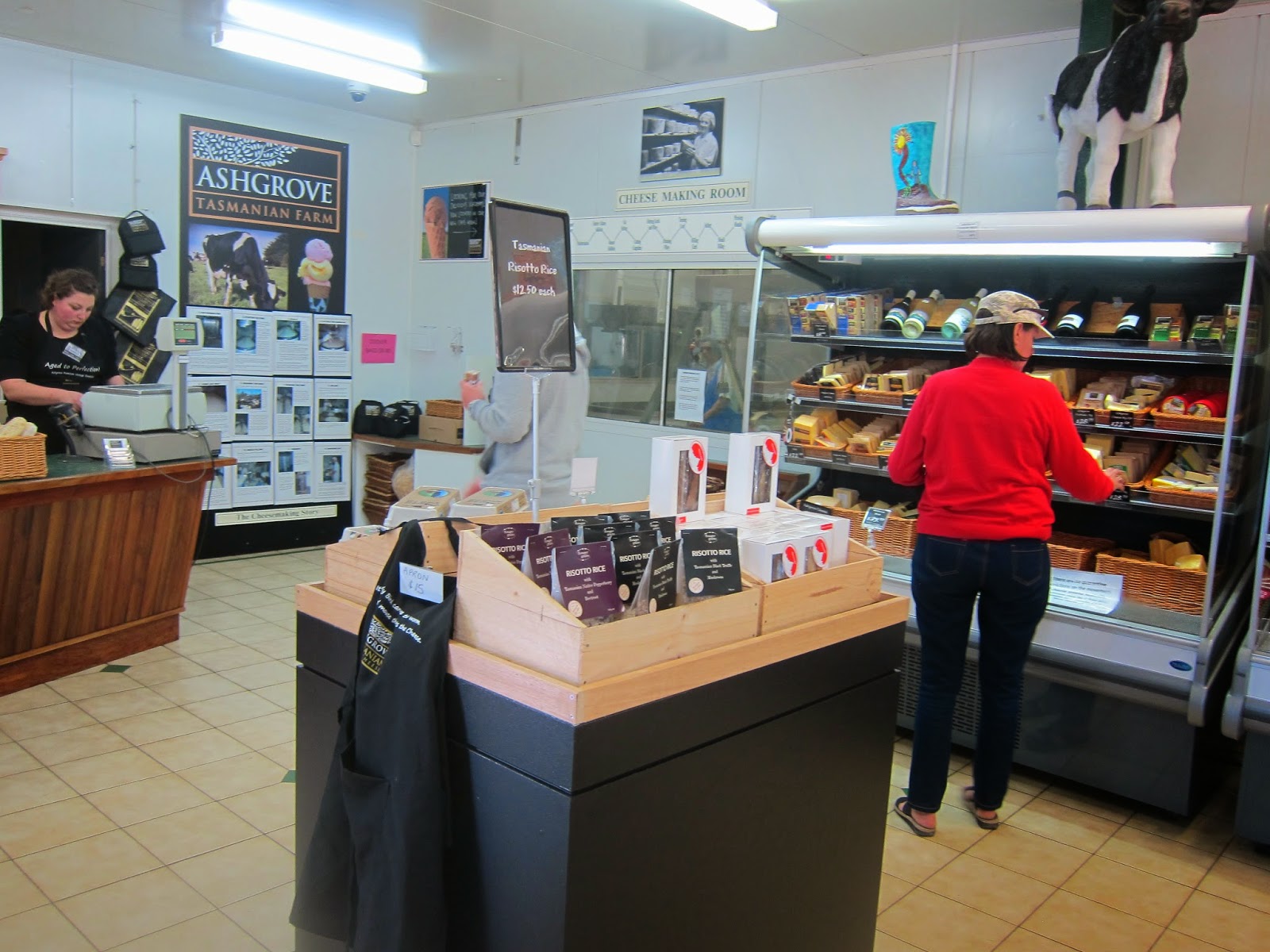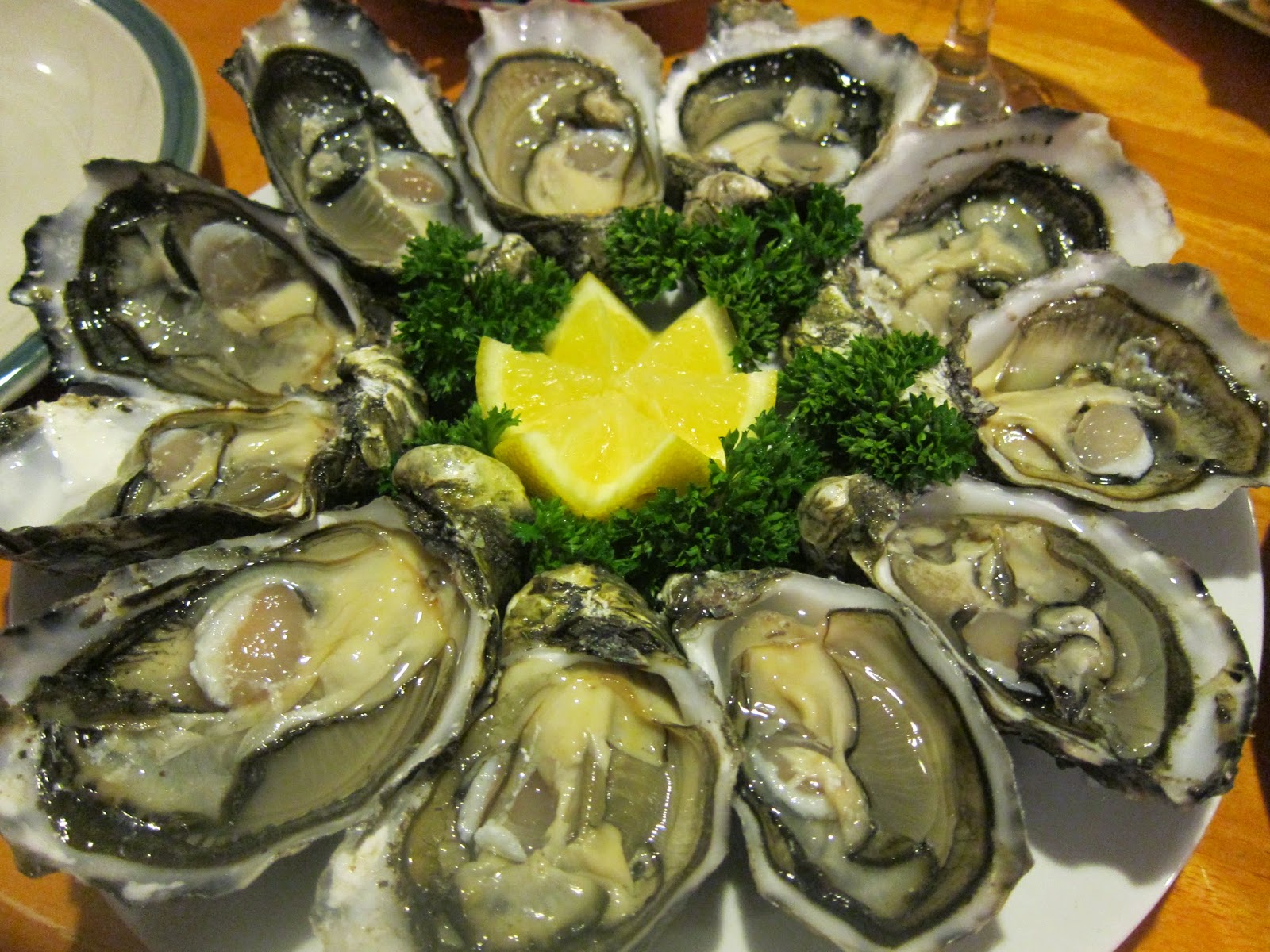I woke up to the aroma of breakfast. Alan and Joyce, without fail in the whole duration of the trip, were early risers and had breakfasts prepared before my wife and I dragged ourselves out of bed. For this, we had much to thank the Crosbies.
Lanceston is the second biggest city in Tasmania, with a population of just over 100,000. It is one of Australia oldest town, with churches, buildings and homes I found to be quaintly English.
After breakfast, we were off to explore the area. We headed towards Devonport - the northern most port city of Tasmania. The distance to drive was just about 100 km which would normally take not much more than an hour. But we took our time and stopped at various places.
Our first stop was a small town named Deloraine. We passed this town the previous night on our way to Lanceston looking unsuccessfully for a petrol station. But it was only in the day light that we became aware of its beauty. The Meander River that runs through the town was simply breathtaking.
Next we stopped at the famed Ashgrove cheese farm near Elizabeth Town.
Here, we bought more cheese and saw how they were made.
Then we relaxed in a gazebo outside and tasted an assortment of cheeses.
And I did something I had never done before.
From cheese, we turned to chocolates. Further down the road, was a chocolate factory. We tasted some, bought some and saw how they were all made.
Devonport was uneventful. With a population of just 27,000 it was too laid back. We cruised around town and had lunch at Hungry Jacks. Then we headed to the coast. The view was pristine but not spectacular.
You could take a ship and do an overnight cruise from Melbourne to Tasmania, with your car and all. If you do, your port of call would be Devonport and your ship would be the Spirit of Tasmania.
We went around looking for seafood. We were disappointed. Crayfish was not in season. Oysters were meagre and expensive. That night, back in Launceston, Alan compensated with a spaghetti dinner, with soup and garlic bread.
Next morning, we checked out of our apartment. But before we left Launceston, we visited the Cataract Gorge Reserve. It was a gem of a place. Cataract was just a short drive from the city centre. But what we saw totally so un-urban.
It was a large park on the South Eske River. The beauty of the place was remarkable. The dammed river flowed into a small lake, and activities evolved around the lake. There was even a swimming pool but at this time of the year, the pool was drained.
We took a walk around the lake and crossed a suspension bridge.
The views from the suspension bridge...
We rode on a chairlift up the hill.
The views from the chairlift was even more impressive.
After Cataract Gorge we drove to St Helens, a small fishing town on the eastern coast of Tasmania.
Along the way, this small pretty building caught our attention. I was curious. I googled the National Bank of Tasmania. Indeed they existed from 1885 to 1918. For an institution that has been defunct for nearly 100 years, they really have kept the building in the most pristine condition. I guess it is now somebody's home.
In St Helens, our accommodation was another comfortable apartment.
We went to the St Helens waterfront hoping to get some seafood from the fishing boats for dinner.
Nothing. But we did manage to get some fresh oysters from a shop.
Dinner that night was sumptuous. It was Alan's steaks again with plenty of veggies. And of course, fresh oysters.
Next day, it was a short drive to the Bay of Fires. This was a scenic stretch of fine white sand. The bay was so named by the first Europeans who arrived here where they saw fires lit by the aborigines who lived here.
The nearby rocks were characterised by a unique bright orange granite deposit. This was a natural swimming pool - a kind of enclosed pool of water with a small inlet from the sea. It was so tempting for a dip. But the weather was far too cold for that.
From the Bays of Fires, we drove south towards our final Tasmanian destination. It was a coastal drive. As we progressed south, we kept a close lookout for seafoods. We were determined to have a good seafood dinner on our last night in Tasmania.
We found an oyster farm. Without any hesitation, we stopped and bought 3 dozens of what turned out to be the best fresh oysters in the entire trip. The prices were reasonable too.
We also stopped by this seafood shop looking for lobsters. The friendly shopkeeper told us that he did not have any and directed us to another outlet further south in Bicheno.
He then showed us his pet crab. Charlie was 4 kilograms in weight. He was definitely not for sale. Apparently this species of Antarctic crab can grow to a size of 40 kilograms. The guy was determined to grow his crab to this size.
We arrived at Bicheno and successfully located the seafood outlet.
We were in luck. They had lobsters. And fresh prawns too. Because it was off season, we paid a small fortune for them.
Soon we were in Coles Bay. This small sleepy town of just about 500 people is located in the Freycinet peninsula. We spent the night there in someone's apparent holiday home that Alan had rented for the night.
That evening, dinner was glorious. Lobster and prawns..
Fresh juicy oysters. Look at the size of hem.
And a bottle of white wine.
In the morning of our final day in Tasmania, we drove around the Freycinet National Park.
The sights were amazing. The place was so well kept. Absolutely immaculate.
My last minute desperate attempt to spot a whale was fruitless.
We departed Coles Bay and headed to the historic town of Richmond.
It boasts of the oldest bridge in Australia. Built in 1823, it is a busy important thoroughfare for the town.
The oldest Catholic church in Australia is also located here.
Richmond was the last place we experienced in Tasmania. After that it was a short drive to Hobart airport and from there, we flew by Jetstar back to Melbourne. Our driving adventure in Tasmania was most memorable. We covered the whole island. We met its friendly people. We encountered the wonderful wildlife, We tasted their famed seafood. And we had the best of hosts. Thank you Alan and Joyce.


























































